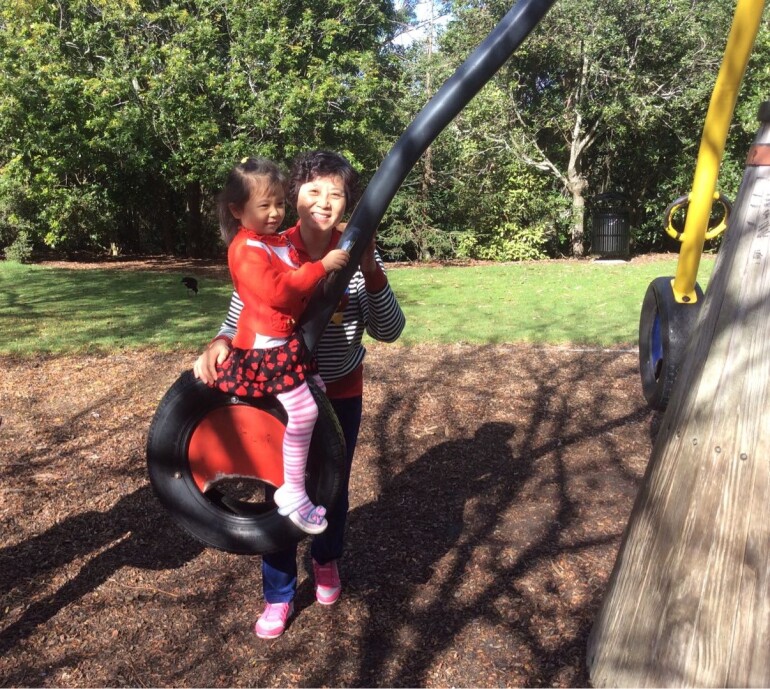News And Events

Using Big Muscles
19 December 2019For motor skills to develop, children need plenty of time playing on the floor and outdoors to exercise both sides of their brain and body. Every child develops their own unique way to move around. Some babies will crawl on all fours, others one-foot–one-knee, and some will move along on their bottoms (commonly known as ‘bottom-shuffling’).
As their big muscles develop, they will progress from holding onto and walking around the furniture (cruising) to stooping, picking something up off the floor, and standing up again to explore it. These actions all continue to strengthen the big muscles in their legs, abdomen and back. Children are likely to spend much of their day exploring and practising movements as they play. We will notice how a child’s movements become smoother and more efficient as a result of the many repetitions. Both muscles and brain connections are becoming stronger and more efficient.
During this stage children are likely to be very active and we can expect them to be moving faster and further away from us. They’ll be walking, running, reaching higher and trying to climb. They will want to explore whatever they can see or get access to and won’t be aware of any dangers. From a safety perspective, some things to consider are:
What does that mean for what a child can reach and find?
What can they learn about now that they couldn’t a few weeks ago?
Do we need to move things to keep a child safe as they explore?
We support Educators to complete daily safety checks of their environment to ensure a busy child stays safe as they explore.
Children will also be more interested in being outdoors and will enjoy vigorous outside play. This will help them release energy and can also help relieve any stress from the normal frustrations experienced at this age. A child’s brain receives information best when they see, hear and touch at the same time.
Educators plan for active physical play every day, with opportunities for:
- running, jumping and climbing
- throwing and kicking balls
- riding a ride-on toy
- playing on playground equipment.
As big muscle movements are repeated over and over again, important connections between brain cells become stronger and eventually permanent. Repetition is key to learning and development, whether it’s learning language, problem-solving, climbing, walking, running or social skills; each area of the brain is strengthened through opportunities to repeat experiences. Children who feel supported in a positive environment to experiment, explore, and have fun in will gain new knowledge about the world around them and how things work.


